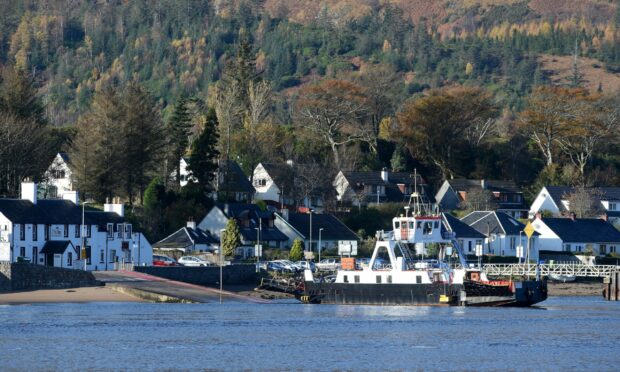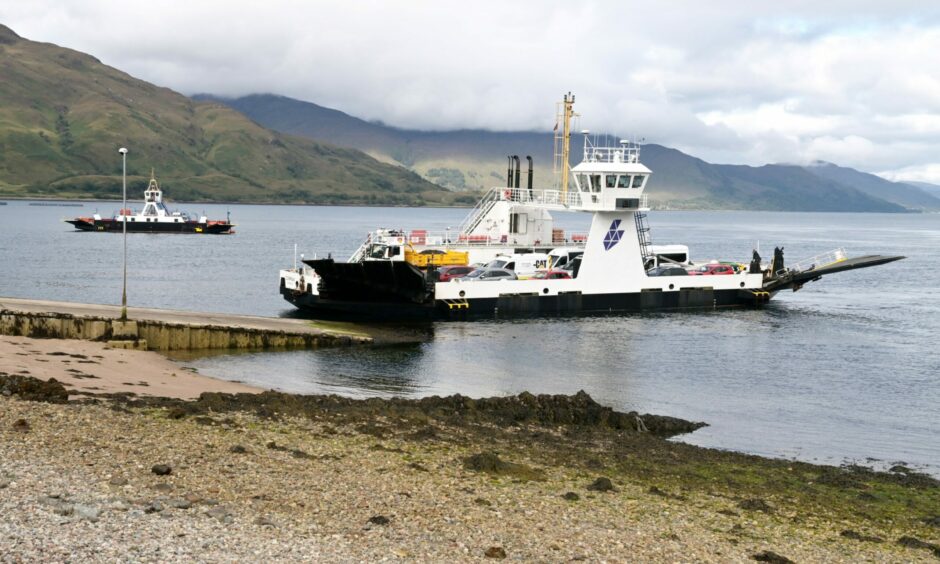Highland Council is seeking an onshore renewable power supplier in preparation for new electric ferries at Corran Narrows.
Council bosses want a company that can generate 100% renewable energy from the Ardgour side of the crossing using direct wire.
Information published by Public Contracts Scotland shows the local authority is looking for “innovative approaches” to deliver power to the new ferries while docked.
Organisations who submit bids should be able to supply power 24 hours a day, so the two new battery-powered ferries can be made available at short notice.
Energy would mainly be used at night when ferry services are much less frequent and are only used as a route for emergency services to cross.
Electric ferries are controversial choice
The crossing at Corran Narrows on Loch Linnhe is controversial, following the council’s decision to approve new ferries and not a bridge.
MV Corran, which currently serves the route, is 22 years old and makes the five-minute journey every 30 minutes. It is the busiest ferry crossing in Scotland.
The issuing of the contract for an energy supplier shows the council is moving ahead with plans for new ferries rather than a bridge, or other fixed link, preferred by locals.
On November 10, councillors approved the business case for two new electric ferries that would replace the diesel-fueled MV Corran.
However, locals have campaigned for a bridge or tunnel for decades, which could make it far easier to cross the Ardnamurchan peninsula and boost the local economy.
The council ordered a feasibility study to assess the economic benefits of a fixed link, looking at four bridges and one tunnel option.
Cost of new ferries and bridge examined
Costings on the five options were either similar to or more expensive than plans for two new ferries.
For example, the tunnel option had an estimated cost of between £40 million and £65 million, while the lowest-costing bridge was £35 million to £45 million.
Some councillors have argued the ferries are a more immediate solution to the Corran Ferry issue, as the council aims to reduce their overall carbon output.
Lochaber councillor Kate Willis spoke when the council approved the ferries in November.
She said: “The current ferries are at and well beyond their lifespans and urgently need replacing.
“The timescale for delivery for a potential fixed link is 20 years plus, so the ferry replacement and shoreside infrastructure work is essential to prevent service failure until a longer-term fixed link can potentially be delivered.”
Highland Council has asked companies to address issues that could arise during the project’s implementation.
These include if both ferries could be charged simultaneously or what would happen to any excess energy that wasn’t required.
The council details in the contract they are looking for a “consistent supply of renewable electricity that can be provided to meet the day-to-day operational running of the service”.
The scheme to deliver the two new ferries and the additional onshore infrastructure to accommodate the larger vessels is estimated to cost around £70 million and be operational by as early as 2026.



Conversation